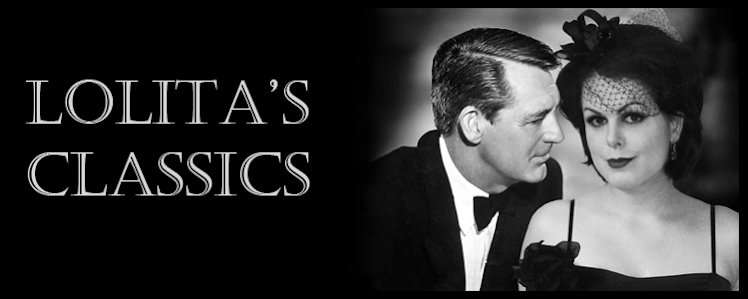Nargis with screen love Raj Kapoor.
A short entry about the probably most famous (and best - and beautiful) actress of Hindi cinema, Nargis. She was born in Calcutta, India and made her film debut as a child in a little film called Talashe Haq (1935, does not seem like there's much information about it), and again as a 13 year old in another obscure film called Tamanna (1942).
However, Raj Kapoor entered her life with his pencil mustache, and the two became an unbelievably popular silver screen couple in India. If you get the chance, see Awaara (The Vagabond, 1951) - it's a lovely, easily watchable and entertaining film directed by co-star Raj Kapoor. Apparently, Nargis and Kapoor's on-screen romance was not only make-believe, but we all know how neighbors chatter.
Nargis and Raj Kapoor in Awaara.
Nargis and Raj Kapoor in Shree 420 (1955).
Nargis appeared in many Indian films, until the three hour epic Mother India (1957). There she met her co-star Sunil Dutt, and fell in love with him after having been rescued by him from a fire that broke loose on the set. Heroic and romantic! After Mother India and becoming Mrs. Nargis Dutt, she did not appear in many more films. She died of pancreatic cancer in Bombay, India in 1981.
Nargis, Sunil Dutt and children.
Dutt plays her son in the film, but they are the same age. I watched Mother India in school today, and it's easy to understand why it is called the "Indian Gone With the Wind". We follow a young woman, Radha (Nargis), from the day she gets married until she has grandchildren and then some. Like Gone With the Wind portrayed the harsh life during the Civil War, Mother India shows the hardships of farming, raising children, failed crops and dying children. And an egoistic (but handsome) husband, who after losing both his arms in an accident walks out on his family out of humiliation. Radha is left to care for her three children by herself, and suck up to an evil moneylender that takes advantage of the poor farmers' illiteracy.
As Radha in Mother India.
I had to process the film for a few hours before I could say that it was quite amazing. It was a big deal when it was made too, and it was nominated for an Academy Award in the Best Foreign Film category.
However, there are some strange cuts in the film, that I can't explain. It was the same with Awaara, but that one had been brutally cut by some nutty American that obviously did not see the film before he handled the scissors. In the case of Mother India, I have to either believe that 1) They did not think continuity editing was that important in Indian cinema, 2) The copy was damaged and pieced together best they could, or 3) Another nutty editor should be relieved of his cutting duties.
There is also the culture clash that makes it hard for me to adjust to the thing where they throw in songs in deeply depressing scenes, but I am willing to try to get used to it. For some reason, the songs are seldom bad. They're quite pleasant, actually.
Back to studying!


















































